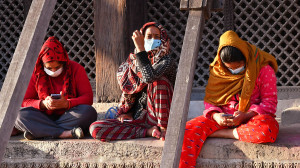National
March 28 protest injured speak out on police overreach
At a press conference on Wednesday, Nepal Police failed to give convincing answers to most of journalists’ queries.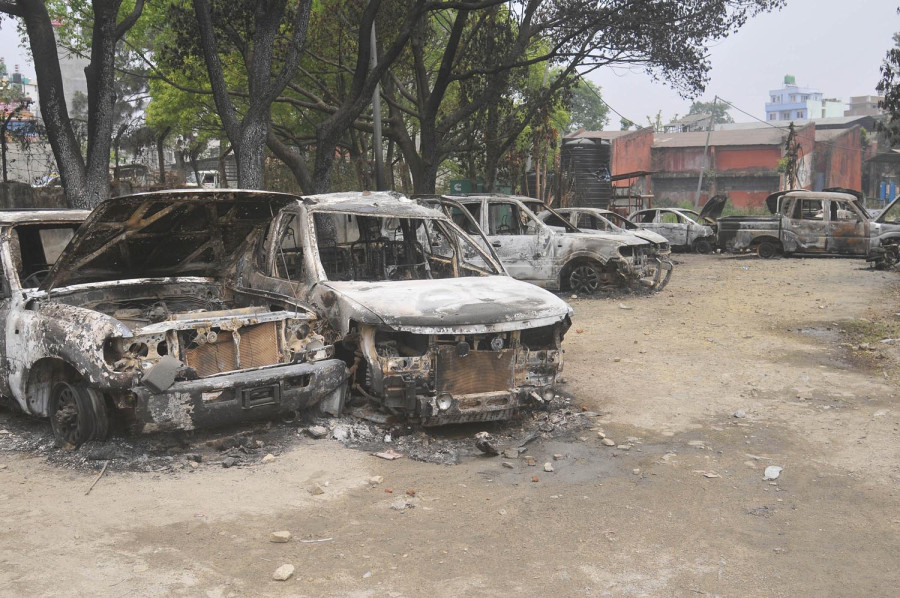
Purushottam Poudel
At around 2pm on Wednesday afternoon, 22-year-old Bishal Niraula was seen eating grapes in the plastic surgery ward of Kathmandu Medical College (KMC) Hospital in Sinamangal. Originally from Solukhumbu, Niraula currently lives in Ganesthan, Chabahil, Kathmandu with his family.
He is among the individuals injured during clashes with the police in a pro-monarchy protest at Tinkune on March 28 and who are undergoing treatment at the KMC Hospital. Six of the injured are being treated in the plastic surgery ward, while two others have been admitted to the orthopaedic ward. Niraula was admitted to the hospital after being shot in the left hand by the police in the Sinamangal area.
“That day was the final exam of the Secondary Education Examination [SEE]. I had worked as a security guard at the Sainik Awasiya School in Bhaktapur. As on other exam days, I had gone to do my duty. However, protests had already started in the Tinkune area, causing a traffic jam from Koteshwar when I was returning home after the exam,” Niraula said.
Then he decided to walk towards Chabahil.
“When I reached Sinamangal, clashes between the police and protesters had intensified. In the midst of this, a bullet fired by the police struck my hand,” said Niraula.
An eyewitness as well as a victim, Niraula believes the state was at fault that day. He says the public took to the streets out of growing frustration with the government’s inability to perform effectively.
“The government neither does its job properly nor allows people to voice their concerns on the streets. How is that fair?” he questions.
His 38-year-old mother, Kamala Niraula, who was by his side at the hospital, also expressed her dissatisfaction with the government.
“In a few years, elections will be held, and we will see how these cowardly leaders who fired bullets at our sons and brothers just for walking on the streets come to our doorsteps asking for votes,” she said.
The protest took two lives while destroying public and private properties.
According to the Nepal Police, of the 53 protesters injured in the demonstration that day, 13 are still receiving treatment at various hospitals. Apart from the Sinamangal-based KMC Hospital, they are being treated at Civil Hospital, Patan Hospital, Bir Hospital, and the National Trauma Centre, among others.
The government has announced that their treatment will be provided free of charge. Despite this, the injured remain deeply resentful of the government.
When asked whether those who called for the protest visited them, some of the injured patients said that no one had come as of Wednesday.
After the government’s announcement of free treatment, the injured confirm that they are currently receiving medication and other care free of cost. When asked about their continued anger towards the government, despite receiving free medical treatment, they were skeptical if the final treatment costs would really be waived.
This underscores how people’s mistrust with the government continues to widen.
Some of the injured that the Post talked to at the KMC Hospital included Niraula and Ashish Bohora, 23, both students; 56-year-old Bikash Kumar Gautam, a resident of Koteshwar, Kathmandu and 34-year-old Rudra Karki from Dudhauli, Sindhuli—both of whom work in the transport sector.
Similarly, Kumar Jung Rana, a permanent resident of Dhumbarahi, Kathmandu, is a returnee migrant worker who worked for six years in Malaysia.
Among them, Rana admitted that he had gone to Tinkune to participate in the protest. But the others claim they were unintentionally caught in the demonstration. However, all five assert that the situation escalated after the police fired tear gas from a nearby building at the royalists’ pavilion in the Tinkune ground.
“I am neither with the government nor the royalists. I just want the government to treat all citizens equally, regardless of political affiliations,” said Bohora.
“But the way the government suppressed the protest that day and caused us unnecessary suffering has made me contemplate joining the movement myself.”
Bohora, a fifth-semester BBA student, was shot above the right thigh while returning home from college, and now lies in a hospital bed.
The injured patients listed several mistakes made by the government during the Tinkune incident.
However, Nepal Police Headquarters, during a press conference on Wednesday, claimed that they had to take control of the situation even as they had adopted a policy of minimum use of force.
To back their claim, the police also presented video footage. But when journalists started asking questions, the police became defensive.
The police appeared to have convened the press meeting to counter “baseless propaganda” in the social media regarding the events of March 28.
Speaking at the press conference, police spokesperson Dinesh Kumar Acharya stated that the police first used tear gas at 12:50 pm on March 28, after the situation began to deteriorate and the protesters continued to provoke them. He argued that the location of the protest was sensitive, which is why the police had to resort to use force.
When asked why permission was given to protest in a sensitive area, Acharya’s response was vague.
“There is no need for more debate on an event that has already taken place,” he tried to evade the question. In response to a query on the use of expired tear gas shells, he argued that “someone might have used a photo of old tear gas shells.”
The protesters claim that the situation escalated after the police fired tear gas at their stage [pavilion]. They have also shared video footage on social media to support their claims.
When this issue was raised during the press conference, the police spokesperson denied the existence of such footage, asserting that if any such video exists, it must have been doctored. However, he provided no further evidence to support his claim.
Another question that made police spokesperson Acharya uncomfortable was about the shooting of 22-year-old Rebika Khatri from Udayapur and her 24-year-old brother Dinesh Khatri. According to the police spokesperson, this incident took place near the Bhatbhateni Supermarket at Koteshwar.
“There was a large-scale robbery incident in Bhatbhateni, Koteshwar that day, with a significant number of people gathered there. When a vehicle was set on fire nearby, the police fired shots to stop it. The bullets hit them [Khatri siblings] in the lower thigh area. They are currently receiving treatment,” the police spokesperson said.
Rebika and Dinesh lived in a rented room near the SOS Office at Koteshwar. Rebika was on her way home from work when Dinesh came to pick her up. They were shot near their residence. The police claim that further investigations into the incident are ongoing.
The police also stated that efforts are still on to locate Durga Prasai, the ‘commander’ of the pro-monarchy protests on March 28.




 19.12°C Kathmandu
19.12°C Kathmandu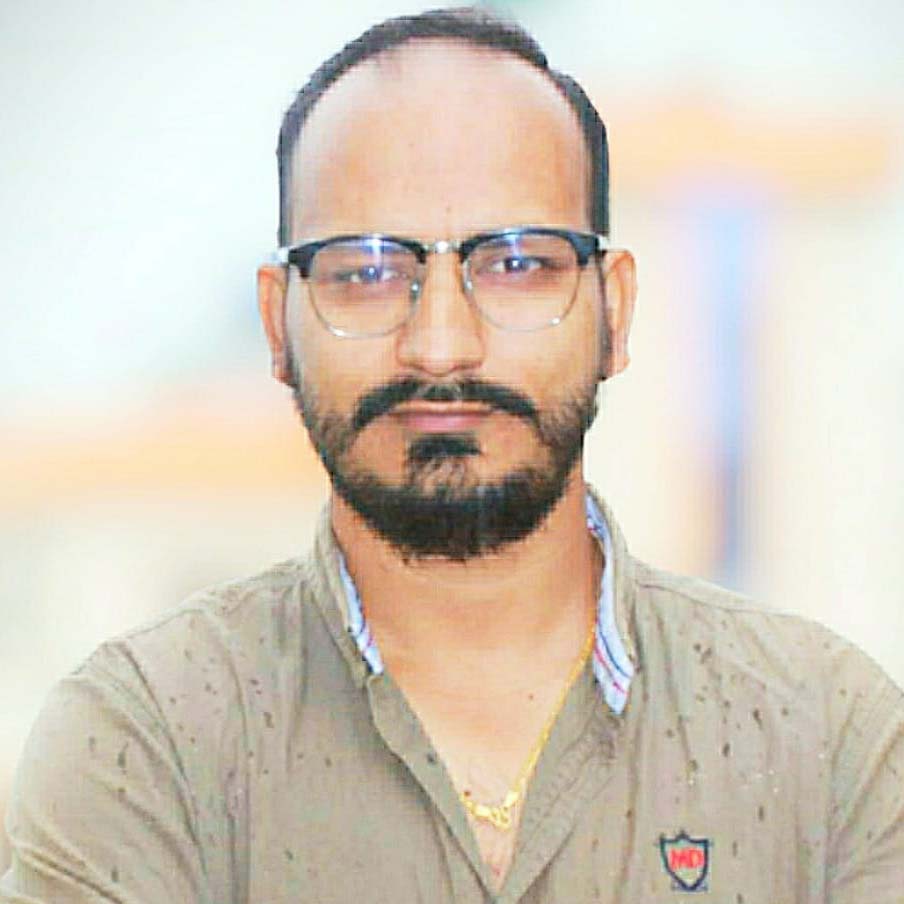
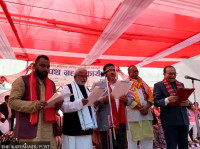


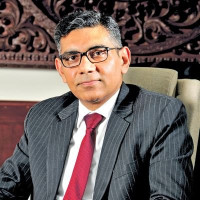

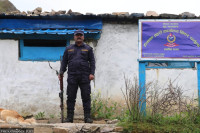


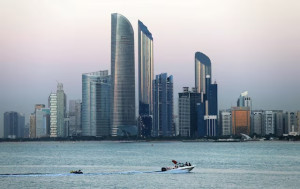

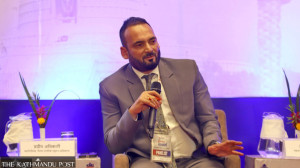

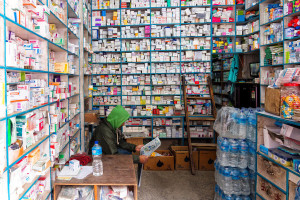
%20(1).jpg&w=300&height=200)

